
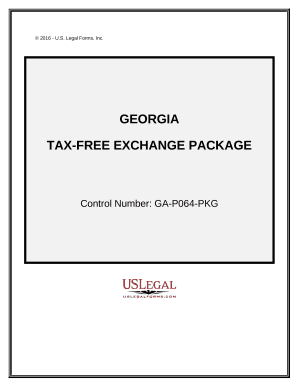
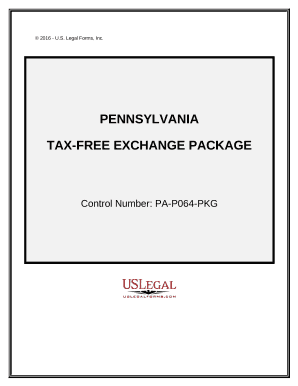

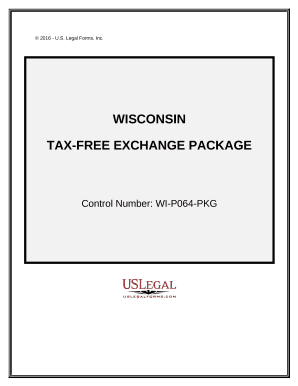
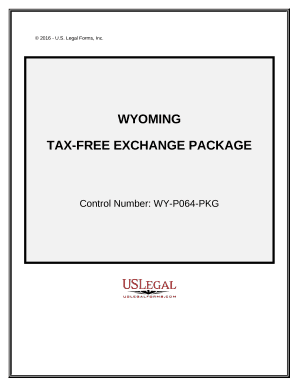
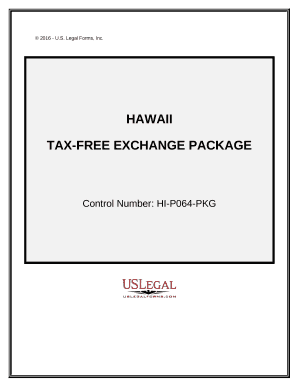
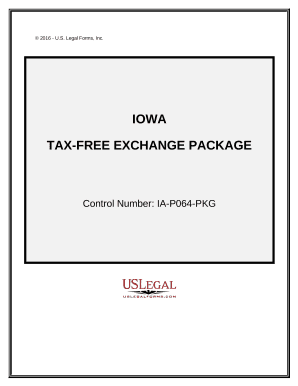
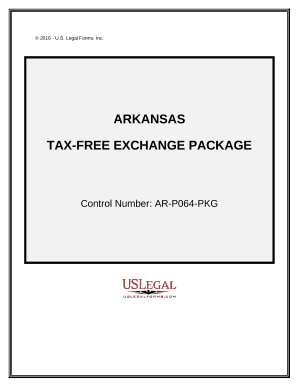





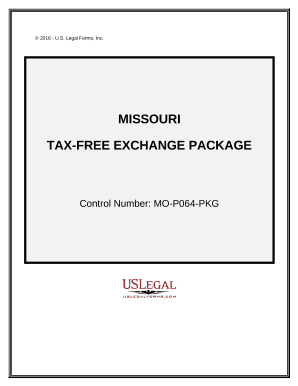
Document managing can overpower you when you can’t discover all the forms you need. Luckily, with DocHub's vast form categories, you can discover everything you need and promptly handle it without changing between software. Get our US Tax Free Exchange Packages and begin utilizing them.
How to use our US Tax Free Exchange Packages using these basic steps:
Try out DocHub and browse our US Tax Free Exchange Packages category easily. Get your free account right now!